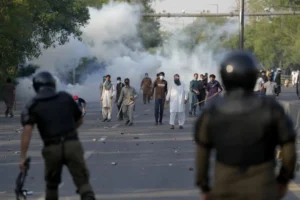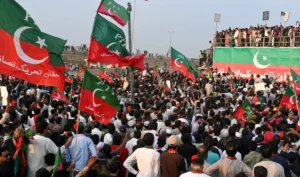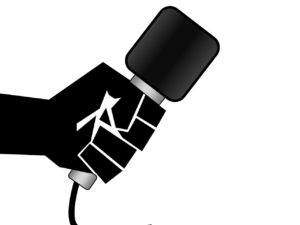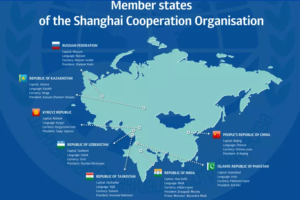Political Unrest Intensifies as PTI Supporters Defy Police Crackdown in Islamabad

Violent Confrontations at D-Chowk Protest
Excessive Force Allegations
Police deployed aggressive crackdown against peaceful demonstrators at D-Chowk in Islamabad. One young protester displayed injuries from nine rubber bullets and multiple baton strikes. Medical experts warn such force could cause lifelong injuries or worse outcomes. Protesters reported unusually potent tear gas that caused severe reactions.
Demonstrator Resilience

Despite facing brutal suppression, protesters maintained their presence at the demonstration site. People arrived from both Islamabad and neighboring Rawalpindi to show support. The crowd’s determination appeared to catch law enforcement off guard.
Community Rallies Behind Protesters
Medical Volunteers Step Forward
A young medic wearing a distinctive cap offered eye wash services to tear gas victims. He moved through the crowd, actively seeking people who needed medical assistance. Several doctors joined the protests to provide emergency medical care.
Local Residents Provide Safe Haven
Nearby residents opened their homes to demonstrators seeking refuge from police action. They shared WiFi passwords to help protesters communicate with others. Many brought water, salt solutions, and other supplies to counteract tear gas effects.
Veterans Show Solidarity
Retired army officers arrived with vehicles full of water and medical supplies. They praised protesters as “courageous soldiers” worthy of support. Their presence lent credibility to the demonstration.
Media Coverage Sparks Controversy

Journalist Integrity Questioned
Some reporters faced accusations of bias and collusion with government officials. Critics alleged certain journalists received favors from the Pakistan Muslim League (N). Social media users exposed potentially compromised media personalities.
Courageous Reporting Acknowledged
Several journalists earned praise for thorough, unbiased coverage despite challenging conditions. Notable reporters included Rizwan Gilza, Umar Jat, and Zubair Ali Khan. Their work circulated widely on social media platforms.
Police Force Shows Signs of Strain
Internal Conflict
Multiple officers expressed discomfort with orders to suppress protesters. Some policemen admitted feeling forced to take action against their conscience. Many cited job obligations as their only reason for participating.
Tactical Retreat
In several instances, police forces withdrew when confronted by determined protesters. This unusual development suggested possible sympathy for the demonstrators’ cause.
Political Maneuvering Behind Scenes

Negotiation Attempts
Pakistan People’s Party’s Naveed Qamar reportedly reached out to PTI through intermediaries. Government representatives offered talks about legal amendments after a specific date. They hinted at governor’s rule imposition if protests continued.
PTI Internal Debate

Party leaders disagreed on responding to government outreach. Shahbaz Gill strongly opposed negotiations, threatening public opposition. Other leaders saw the government’s offer as proof of protest effectiveness.
Strategic Evolution of Protests
Expanded Demonstration Plan
PTI announced intentions to spread protests across Punjab province. This strategy aims to prevent police reinforcements from reaching Islamabad. The party adapts tactics in response to government plans.
Key Leader Movements
Ali Amin Gandapur’s convoy plans a daylight arrival at D-Chowk. Previous nighttime movements faced challenges including darkened streets. Daytime arrival signals growing confidence among protest leaders.
Government Concerns and Justifications
International Image Worries

As Pakistan hosts the Shanghai Cooperation Organisation (SCO) summit. Officials cite upcoming visits from foreign dignitaries as reasons to stop protests. They express concern about Pakistan’s international reputation. Critics argue recent government actions already damage the country’s image.
Legal Justifications
Authorities reference Section 144 and other restrictions to justify crackdown. They emphasize the importance of maintaining law and order. Protesters view these as excuses for suppressing democratic expression.
Historical Context and Pattern of Confrontation
Government’s Controversial Actions
Judicial Defiance
Courts ordered releases of political figures, but law enforcement ignored rulings. Former Prime Minister Parvez Elahi faced arrest despite court protection. Similar incidents erode trust in the legal system.
Religious Freedom Concerns
Authorities prevented certain individuals from performing Hajj despite court permissions. These actions raise questions about respect for religious rights. Critics see them as politically motivated restrictions.
Media Suppression
Journalist Targeting
A prominent journalist Arshad Sharif (Late) fled the country but faced expulsion elsewhere. He was later murdered under suspicious circumstances. A minister controversially linked the death to gold smuggling.
Mysterious Disappearances
Popular journalist Imran Riaz Khan remained missing for over 140 days. His case symbolizes broader concerns about media freedom. Such incidents create an atmosphere of fear among journalists.
Analysis: Democratic Expression vs State Authority
Escalating Tensions
Neither protesters nor authorities show signs of backing down. The situation threatens to spread beyond Islamabad. Both sides appear prepared for prolonged confrontation.
Public Opinion Shifts
Community support for protesters indicates growing sympathy for their cause. Government actions may backfire by creating more opposition. The conflict raises fundamental questions about democracy in Pakistan.
